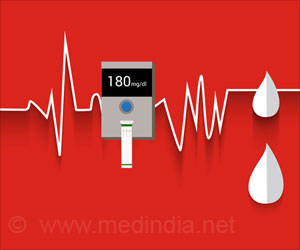
The strain on healthcare infrastructure in India is immense with just 20 health workers per 10,000 people who are unevenly distributed across regions, said Dr. Shuchin Bajaj, Founder & Director Ujala Cygnus Group of Hospitals.
Since India gained independence in 1947, the population has grown from 336 million to about 1.5 billion, which has triggered issues at several levels, such as public health, poverty, infections and others.
Does Overpopulation Affect Public Health in India?
On World Population Day, which is observed on July 11 every year, it is important to recognize that overpopulation in India profoundly impacts public health, the doctor said.
“This imbalance leads to overcrowded hospitals, inadequate medical services, and heightened risks of infectious diseases due to poor sanitation and water access,” Bajaj told IANS.
“Moreover, declining fertility rates, with many states below replacement levels, don’t alleviate the burden but rather highlight the disparities in healthcare delivery,” he added.
The consequences of overpopulation extend beyond healthcare, affecting air and water quality, and exacerbating respiratory and waterborne illnesses (1✔ ✔Trusted Source
Population Trends and Problems of Public Health
).
According to Bajaj, malnutrition and food scarcity are rampant as resources struggle to keep pace with demand.
Advertisement
Addressing Healthcare Crisis in India
“Our healthcare systems are stretched thin, struggling to provide even basic care and manage chronic conditions effectively, which inevitably leads to higher morbidity and mortality rates,” he said.
The doctor mentioned that addressing these challenges demands not just immediate action but also “sustained commitment to comprehensive public health strategies and sustainable development policies”.
Advertisement
Bajaj also highlighted that there is a great need to advocate for equitable healthcare access and prioritize investments in health infrastructure to ensure a healthier future for all.
Reference:
- Population Trends and Problems of Public Health – (https://www.ncbi.nlm.nih.gov/pmc/articles/PMC2690260/)
Source-IANS



